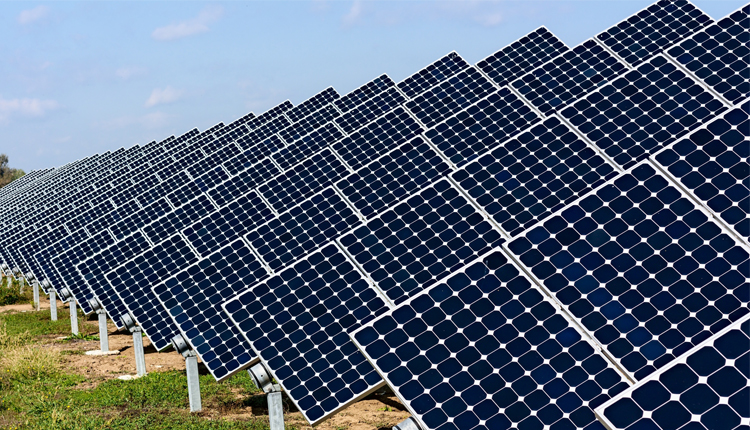As part of its commitment to help the continent in its development process, Egypt has begun the implementation of solar power plants in seven African countries, a project it hopes to complete by March 2020.
The Arab Organization for Industrialization (AOI), one of the largest industrial organisations in Egypt, will launch solar power plants in Uganda, Congo, Tanzania, Eritrea, Somalia, South Sudan, with capacities ranging from 2 to 4 megawatts, according to Egyptian media
The solar energy stations will be used in lighting and desalination through an Egyptian grant worth LE 200 million ($12 million), Mohamed El Khayat, the renewable energy authority head said.
Egypt, which is already building one of the world’s largest and most ambitious solar energy projects, carried out the implementation and supply activities in cooperation with its Military Production Ministry while the seven countries identified the priority areas for the implementation of these stations. Egypt also decided to locate and design each station and carry out installation, construction and operation works, El Khayat explained.
The AOI has designed and implemented more than 100 solar power plants with different capacities throughout Egypt since 2013. The Egypt-based Arab military organization has also shown interest in infrastructure projects, including drinking water purification plants, seawater desalination plants and wastewater treatment plants.
Its decision to set up solar power plants in the seven African countries is largely geared at improving the renewable energy performances of those countries.
The African continent has been facing tough times with shortage of power. The frequent cuts in power supply have been having a toll on businesses and domestic consumers.
It is estimated that in the Sahel region – Senegal, Nigeria, Mauritania, Mali, Burkina Faso, Niger, Chad, Sudan, and Eritrea, about 64% of the population lives without electricity, hindering economic and social development.
Energy poverty in Africa is estimated to cost the continent 2-4 % GDP annually, cites figures from the African Development Bank (AfDB).
An initiative that will harness the exceptional solar resource of the Sahel region has, so far, began. Known as the Desert to Power programme, the initiative is led by the AfDB and other partners to turn Africa’s deserts into new sources of energy.
The Sahel is a semi-arid region on the southern edge of the Sahara Desert, stretching across the African continent from Senegal in the west to Ethiopia in the east.
The programme to turn the desert into energy was first highlighted in June 2018 when the African Development Bank and its partners – the Green Climate Fund, and the Africa50 investment fund signed a letter of intent on the sidelines of the annual meetings of the African Development Bank.
AfDB President Akinwumi Adesina at the time indicated that with investment from the private sector, the initiative could ultimately become the world’s largest solar power zone.
The Desert to Power Programme which will help developing countries adapt to and mitigate climate change, will also create employment and attract private sector involvement in renewable energy in the region.
Electricity will also be more affordable for low-income households while people will “transition away from unsafe and hazardous energy sources, such as kerosene, which carries health risks.
Source: Face2Face Africa
